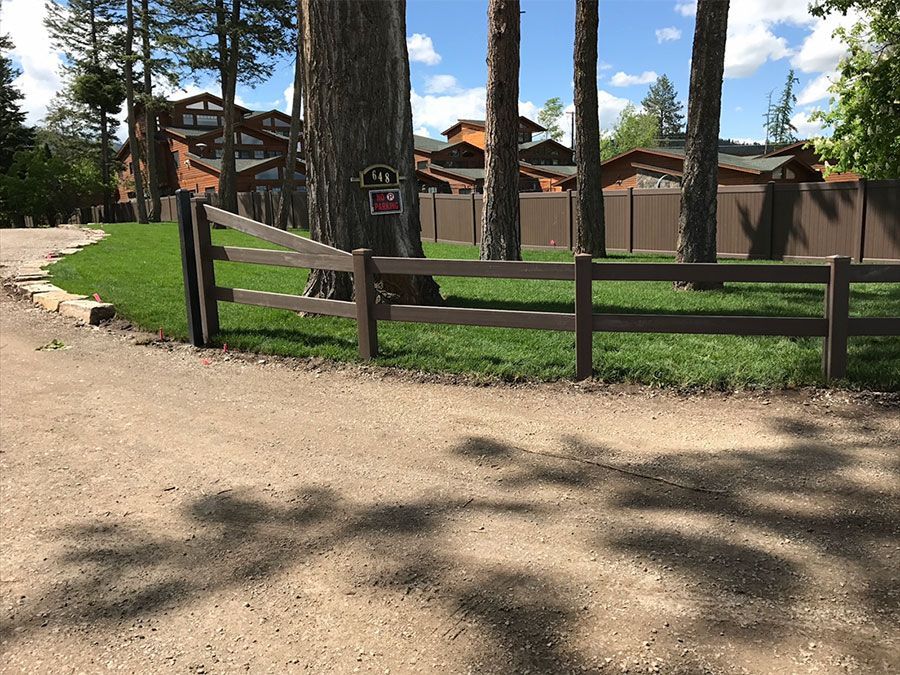Ornamental iron fences represent more than mere functional barriers—they embody art, craftsmanship, and rich history. The history of ornamental iron fences is intricately linked to architectural styles and cultural trends, offering a blend of utility and beauty. Let's explore how ornamental iron fences came to be, how they've evolved over time, and how they continue to influence design today.
Early History of Ornamental Iron Fences
The origins of ornamental iron fencing can be traced back to the ancient civilizations of Egypt and Rome, where metals like iron and bronze were used to create barriers and decorative elements. These early iron fences were often simple and functional, designed more for security than aesthetics. However, as metallurgy advanced, so did the potential for more elaborate and artistic designs.
Key Historical Design Changes
By the 17th century, ornamental iron fences began to feature more complex and elaborate designs, particularly in Europe. The 18th-century industrial revolution played a key role in making iron production more widespread, allowing for the creation of intricate designs. Elaborate scrollwork, finials, and decorative patterns became the hallmark of grand estates, palaces, and even city landscapes, propelling ornamental iron into a new era.

How Culture Shaped Ornamental Iron Fencing Designs
As iron fencing became more widespread, the designs started to reflect the cultural influences of different regions. In France, for instance, the ornate, baroque-style fences showcased the country’s rich aristocratic heritage. Meanwhile, in the United States, iron fences became a status symbol, particularly in the 19th century, as wealthy landowners and industrialists sought to showcase their prosperity with grand, decorative fences. These cultural shifts led to the creation of diverse designs, each with its own unique features based on regional tastes and available materials.
Modern Adaptations of Traditional Styles
In the present day, ornamental iron fencing has evolved to align with modern aesthetics, incorporating new materials and technologies alongside traditional styles. While the classic, ornate designs remain popular, there's a growing trend toward minimalist, contemporary adaptations that suit both residential and commercial applications, balancing elegance with durability. Today's designs continue to honor the rich history of ornamental iron fences, yet adapt to modern tastes and preferences.
Wrapping Up
The history of ornamental iron fences spans centuries, transforming from simple security features to beautiful works of art. Whether you’re considering ornamental iron fencing for your property or simply admire its craftsmanship, the rich legacy and modern adaptations of these fences make them an exceptional and timeless option.
Which ornamental iron fence design resonates with you? Share your thoughts in the comments below!
#OrnamentalIronFencing #HistoryOfFencing #IronFences #FenceDesign #Metalwork #DecorativeIron #FencingHistory #ModernDesign #CulturalDesign